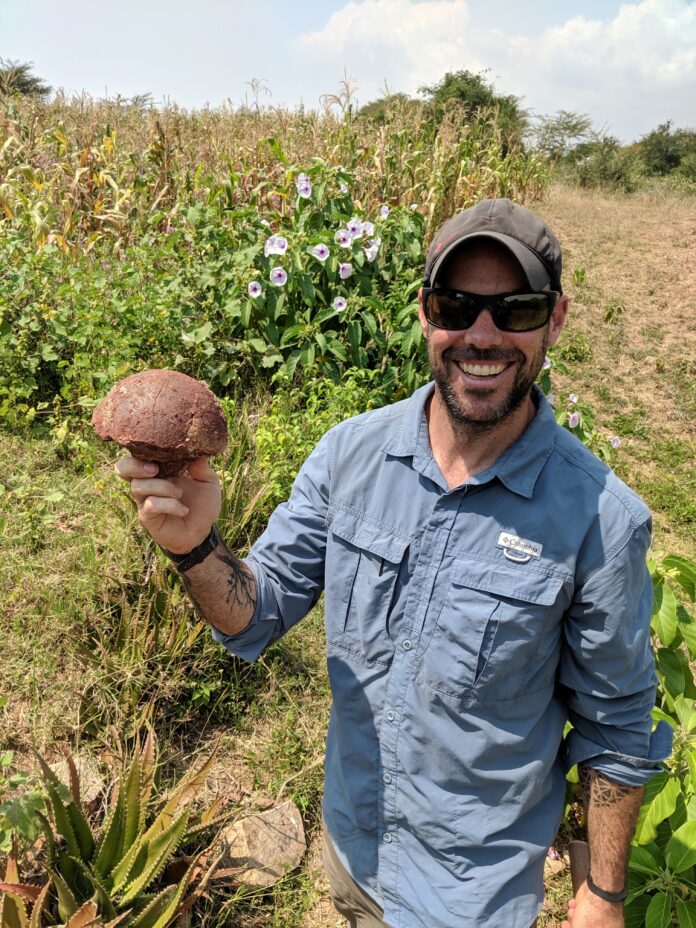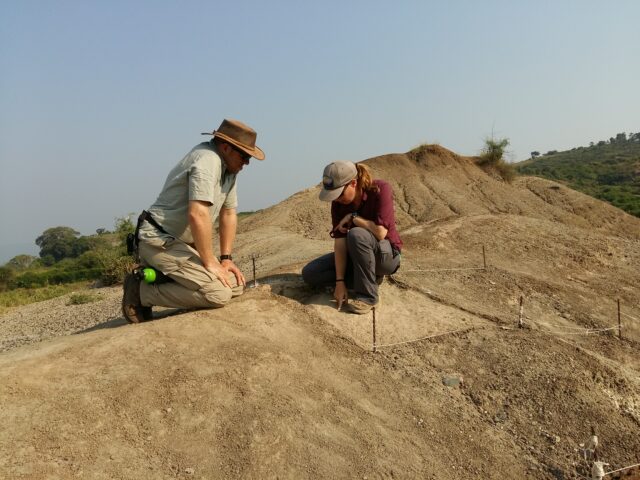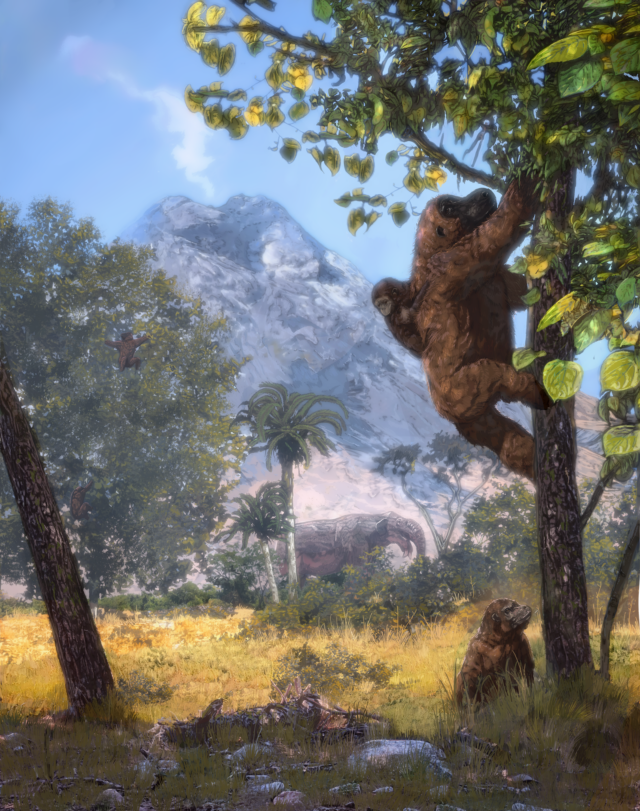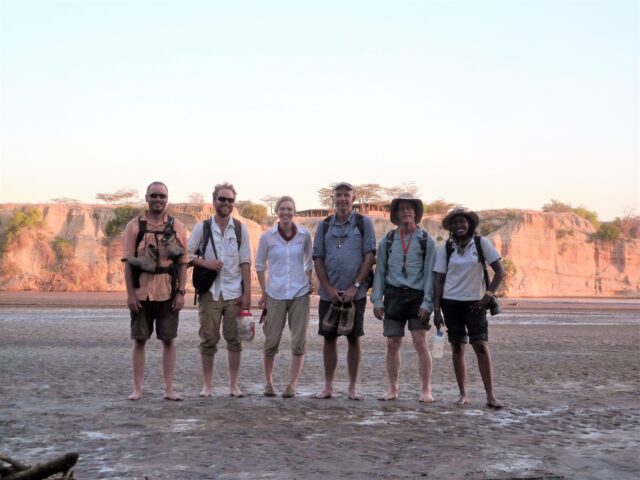
By Caitlyn Meisner | Copy Editor
After 10 years of research, collaboration and annual summer trips to East Africa, Dr. Daniel Peppe, associate professor of geosciences, and his team of global scholars — many who are Baylor graduates — published their scientific discovery that changed the understanding of East African evolution of the climate and apes.
Peppe said he has been interested in climate change in the Miocene Epoch since his undergraduate years.
“What I’ve always been really interested in, is understanding climate change in the past and how plants and animals respond to that climate change,” Peppe said. “It’s a really interesting time period; a lot of stuff is happening globally in the climate and evolutionarily in plants and animals.”
When he started his work in 2007, Peppe said he teamed up with then-assistant professor of anthropology, Dr. Kieran McNulty, to collaborate with one another on this project. Peppe said it was McNulty’s idea to collect a team of scholars across the sites in East Africa to create a massive cohort of researchers.

McNulty, now a professor at the University of Minnesota, said he had been thinking of putting a team together since his time teaching at Baylor, and Peppe was fundamental in making the project work.
“It didn’t make sense to do this alone,” McNulty said. “You get better ideas when collaborating on-site, which is something not really happening in paleontology.”
April Freeman, a 2017 alumna and one of Peppe’s former thesis students, said she was excited to assist on this project during her undergraduate years at Baylor.
“I heard about this opportunity and went ahead and took advantage of this more hands-on experience,” Freeman said. “It’s really interesting to see everyone come together and collaborate to combine results of research and see new information and patterns. I’m grateful to be able to have worked with him.”
Peppe said the research focused on the timeline of change of the environment of East African areas, mainly in Kenya and Uganda. He said the long-accepted idea of Equatorial Africa as a forest was disproved with his team’s discovery of C4 — or warm — grasses more than 21 million years ago.
“When we reconstructed the environment, it was not forested,” Peppe said. “It was a very open environment with lots of grass; it was a grassy woodland.”
Peppe also said this informed a new way of looking at early modern apes, especially the Morotopithecus, a species of fossil ape dated to more than 20.6 million years ago.

He said the team’s discoveries suggest that adapted traits of Morotopithecus were to eat leaves and move within trees, rather than eating fruit.
“We have part of the skull, and based on their teeth [it] looked like they were eating leaves,” Peppe said. “These adaptations were perhaps not for fruit, but instead for moving up and down within trees and out to the ends of branches to [eat] the fresh, young leaves.”
Both Peppe and McNulty said this project was not only groundbreaking in terms of the discoveries made, but also in the tactics used to collect data in East Africa.
They said it’s unusual for teams of paleontologists, geologists, anthropologists and other scholars like them to work in massive teams like they did across multiple sites. Both of the scientists said it’s more common for small teams to claim certain areas and exclusively research there, then share their information once published.
“Because of this collaboration, we were able to come up with this big picture story that otherwise we wouldn’t have been able to,” Peppe said. “Each of our sites provided really key pieces of information, but it was once we put them all together where we had this much bigger story.”

With the expertise of each person, Peppe said the project was helpful in moving the research along and asking new questions.
“There is an importance of working on your fossils and your fossil site and you can get a huge amount of information from that,” Peppe said. “The advantage of being able to compare our information and collaborate … is so much more enriching.”
Although the 10-year project has come to a published end, Peppe said there is still work to do. He said there’s very little data on these same areas and their composition dating between 10 and 16 million years ago, and he’s set on finding out more.
“One of the things that’s interesting, is moving a little bit younger and trying to understand what’s happening as we move,” Peppe said. “Do we start seeing more open environments? As it gets more forested, what happens? There’s still lots to do at these sites.”
Peppe also said his goal is to get a solid idea of the landscape of this time period, the vegetation options and the animals present.
He said he will be returning to the area this summer, along with some of his doctorate students that are helping him with the research.





